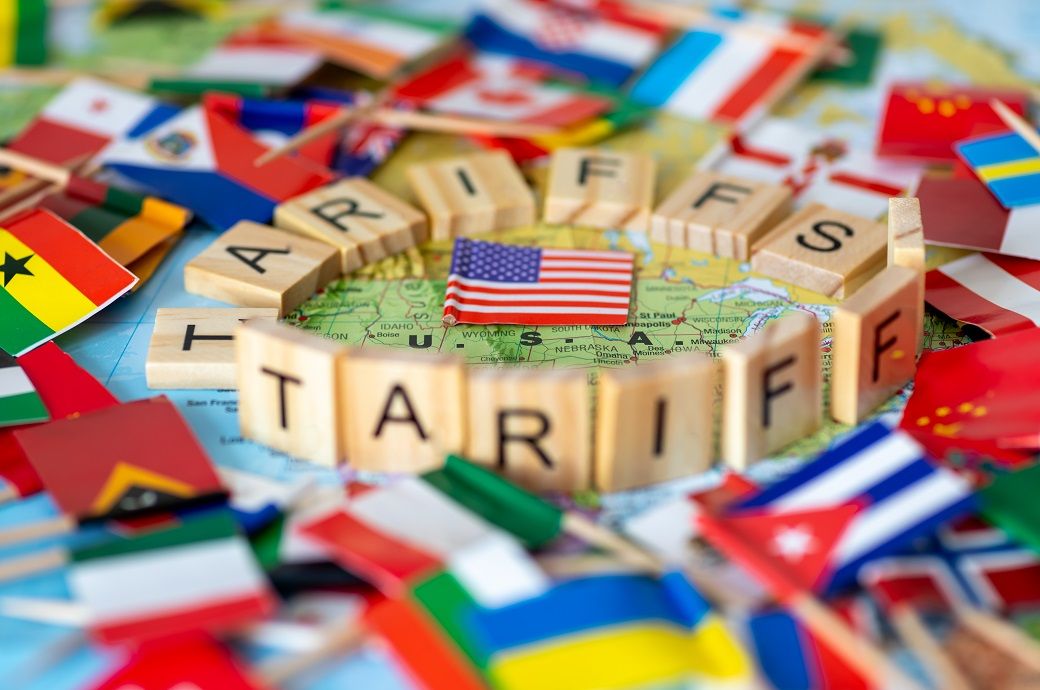
While it might seem logical for countries with the heaviest tariff burdens to be the most vocal in requesting tariff cuts, recent developments suggest that even nations with more favourable tariff conditions are also actively pursuing further relief.
Lesotho, a small, landlocked nation in Southern Africa, is one such example. Despite facing a relatively low 15 per cent tariff on its exports to the US—a stark contrast to the 50 per cent Donald Trump had originally threatened—the country is not resting on its laurels.
In fact, Lesotho reportedly sent a high-level delegation to the United States to press for a reduction in these tariffs.
The delegation, which reportedly included the Trade and Industry Minister, Labour and Employment Minister, as well as representatives from the Lesotho Textile Exporters Association and labour unions, sought to underscore the devastating impact these tariffs are having on one of the nation’s most important sectors.
The textile sector, Lesotho’s largest private employer, employs approximately 12,000 people and indirectly supports an additional 40,000 jobs. This industry supplies major US retailers like Walmart Inc, JCPenney, and Levi Strauss & Co, and prior to the imposition of the new tariffs, most of Lesotho's textile exports entered the US duty-free under the African Growth and Opportunity Act (AGOA).
The new 15 per cent tariff is seen as a severe blow to the country’s economy, especially given that the US is Lesotho’s second-largest trade partner.
Bangladesh is another country that is also actively seeking to minimise the impact of the tariffs.
Initially, the US imposed a 37 per cent tariff on Bangladeshi goods in April 2025, which was later adjusted to 35 per cent in July, and has since been reduced to 20 per cent.
Despite this reduction, Bangladesh’s garment industry, a sector that plays a pivotal role in the country’s economy, is putting in all efforts to see if tariffs could be lowered further. The Bangladesh Garment Manufacturers and Exporters Association (BGMEA) has reportedly sought detailed clarification on a new US executive order, which allows for a reduction in the 20 per cent tariff if at least 20 per cent of the raw materials used in manufacturing are sourced from the United States.
The BGMEA president has been vocal in highlighting the challenges posed by the cumulative tariff burden, which includes both the Most Favoured Nation (MFN) tariff on apparel exports and countervailing duties. The total tariff rate can reach up to 36.5 per cent, creating hurdles for exporters.
Considering this, Bangladesh has reportedly proposed a “stacking method” for duty reductions, which they believe could help reduce the burden and improve the country’s competitiveness in the US market.
Sri Lanka has been in ongoing discussions with the US Office of the United States Trade Representative (USTR) since April, when the US imposed reciprocal tariffs on its trading partners.
A 20 per cent tariff on Sri Lankan goods entering the US market has placed the island nation in direct competition with several other Southeast Asian countries, including Bangladesh, Vietnam, Malaysia, Indonesia, Thailand, and Pakistan—each of which faces the same tariff rate.
Sri Lanka has been proactive in engaging with the US, with a recent visit by a USTR delegation to the island. According to media reports, Sri Lanka’s Minister of Labour emphasised the importance of the trade discussions in resolving tariff-related issues and expanding trade relations between the two countries.
Vietnam has also reportedly emphasised commitment to continuing trade negotiations with the United States following the latter’s imposing a 20 per cent tariff on Vietnamese goods, while transshipments from third countries through Vietnam are subject to a 40 per cent levy.
Vietnam has acknowledged that these tariffs, combined with ongoing strategic competition and geopolitical tensions, will create difficulties for its exports, while reportedly adding that the country remains focused on navigating these issues through diplomatic engagements.
As nations actively engage in diplomatic efforts to reduce the financial strain caused by the tariffs one thing is clear that countries of all sizes, from small nations like Lesotho to larger economies like Bangladesh and Vietnam, are realizing that even relatively low tariffs can have a substantial impact on their industries and overall economic stability as tariffs continue to alter and reshape trade dynamics in real-time.
ALCHEMPro News Desk (DR)
Receive daily prices and market insights straight to your inbox. Subscribe to AlchemPro Weekly!